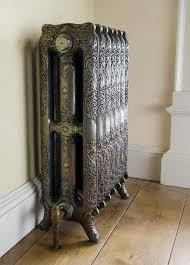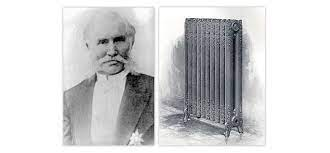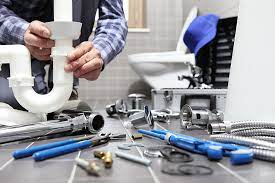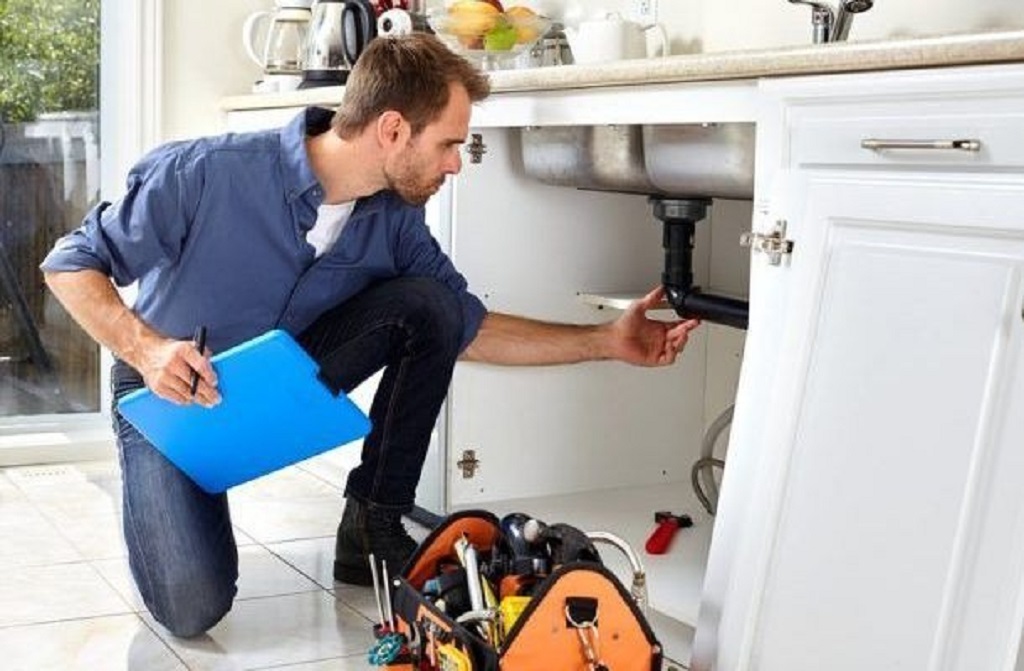Humans have always wanted to stay warm. We found that we could quickly solve this problem with the invention of fire. Fire is “a great servant, but a terrible Master”, which means that if it gets out of hand it will destroy everything in its path. The problem was how to keep it going. The answer was wood and coal, or peat in the Scottish Highlands. But it stunk. To vent the smoke away, chimneys were created. However, they required regular cleaning and could catch fire if not regularly maintained.
Then gas was used, but if the pilot went out, the house would suddenly be full of it. It was a problem if a spark, or a naked flame caused an explosion or people suffocated. Unfortunately, it was either/or. It was only a matter of time before inventors figured out a way to solve this problem. They came up with central heating. We still need to service our boilers annually to make sure they are running safely but generally the heating system keeps us cosy when we need it most. When plumbers need Copper Pipe Fittings, they should visit a site like watkinspowis.co.uk/products/copper-pipe-fittings-and-press-systems
So, who invented central heating? Russia is cold, very cold. There was a desperate need in Russia for a warm house, so the search became very important. Franz San Ghalli was living in St Petersburg when he invented the first heating radiator. Between 1855 and 1857, it was given its first public display. It saved many Russian families for those who could afford it. Victorian Britain decided to invest in the system, and they soon began equipping their homes. Victorians experienced a mini-ice age due to volcanic activity. The Victorians had distinct seasons, as opposed to the mild and wet conditions of today so the need for heating homes was particularly acute.
Victorian radiators were beautiful and can be seen today in many places. The Victorian radiators are huge cast iron items with intricate ornate designs and embellishments. They look so different from the copper pipes we use today, that it’s hard to tell that they’re actually radiators. It was the scrolling and detailed work which set them apart from mass-produced items today. It’s a shame, but also a sign that we have made progress in making heating more accessible and more efficient.




